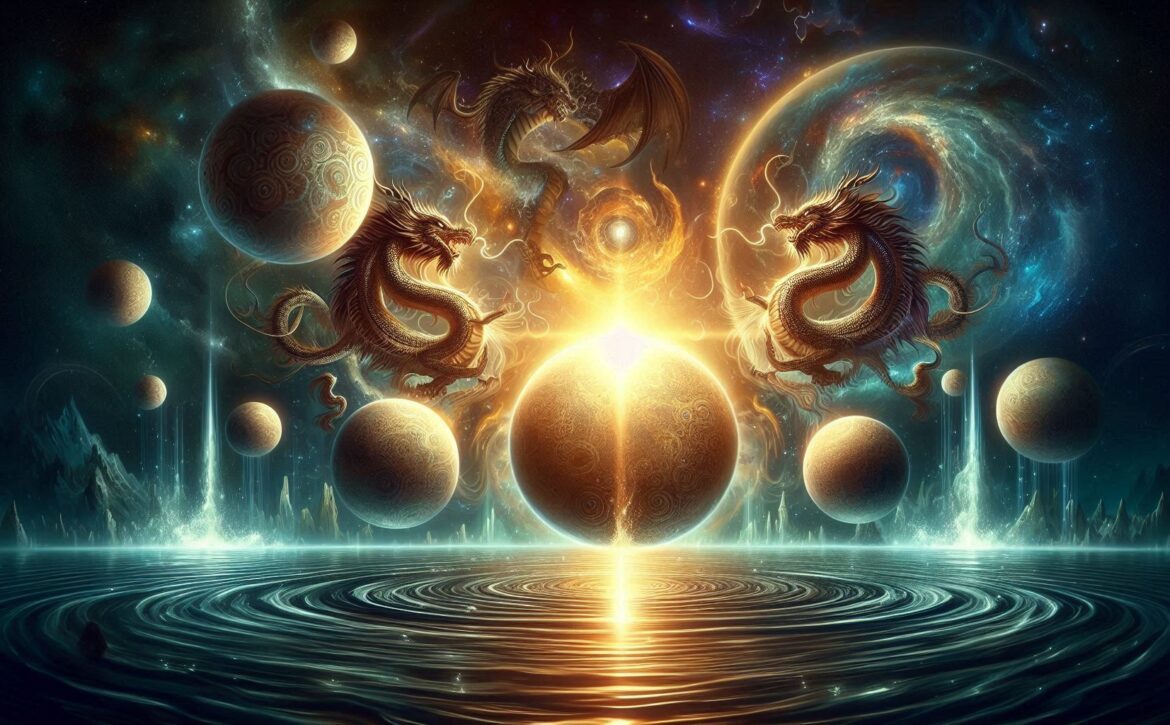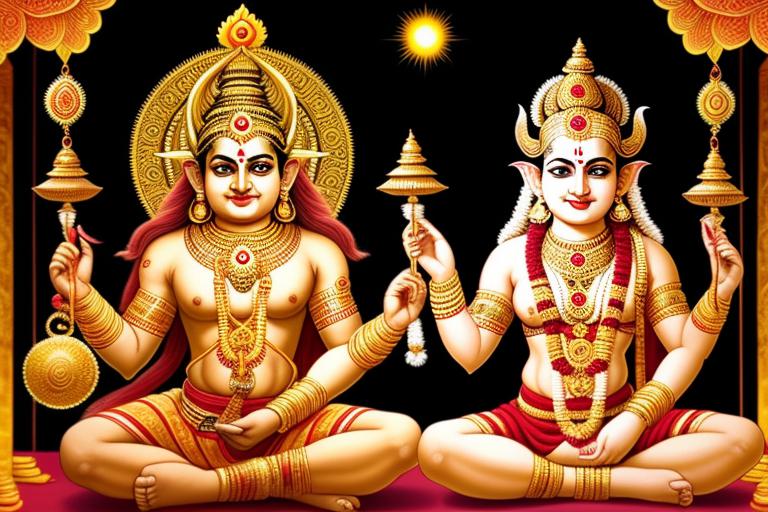Rahu and Ketu in Past Life Astrology: Unveiling Karmic Influences
Introduction to Rahu and Ketu
In Vedic astrology, Rahu and Ketu hold a distinctive place, as they are not physical celestial bodies but rather mathematical points that mark the intersection of the moon’s orbit with the ecliptic plane. These shadow planets, referred to as the lunar nodes, derive their significance from ancient mythology and their profound influence on astrological charts.
Rahu and Ketu’s mythological origins can be traced back to the churning of the cosmic ocean, a pivotal event in Hindu mythology. According to the legend, Rahu and Ketu were originally a single entity, a demon who disguised himself to partake in the nectar of immortality. Upon discovery, Lord Vishnu severed the demon into two parts: Rahu, the head, and Ketu, the tail. As a result, Rahu and Ketu are forever in pursuit of the sun and moon, causing eclipses when they catch up with these celestial bodies..
Rahu and Ketu in Past Life Astrology
Unveiling Karmic Influences
Symbolically, Rahu and Ketu represent the head and tail of the celestial serpent, embodying the duality of the material and spiritual realms. Rahu, the north node, signifies worldly desires, ambition, and the quest for material success. It drives individuals towards earthly pleasures and illusions, often leading to unorthodox or unconventional paths. Conversely, Ketu, the south node, embodies detachment, spiritual growth, and karmic resolution. It represents past life experiences and the lessons one must learn to achieve spiritual enlightenment.
As shadow planets, Rahu and Ketu wield a unique influence on astrological charts, despite their lack of physical form. Their positions in a natal chart indicate areas of life where individuals face intense karmic challenges and growth opportunities. The interplay between these nodes and other planetary bodies can reveal deep-seated patterns and unresolved issues from past lives that shape one’s present and future experiences.
Understanding Rahu and Ketu’s roles in Vedic astrology provides valuable insights into the karmic influences that govern our lives, guiding us towards fulfilling our spiritual and material destinies.
The Concept of Past Life Karma and Rahu and Ketu in Astrology
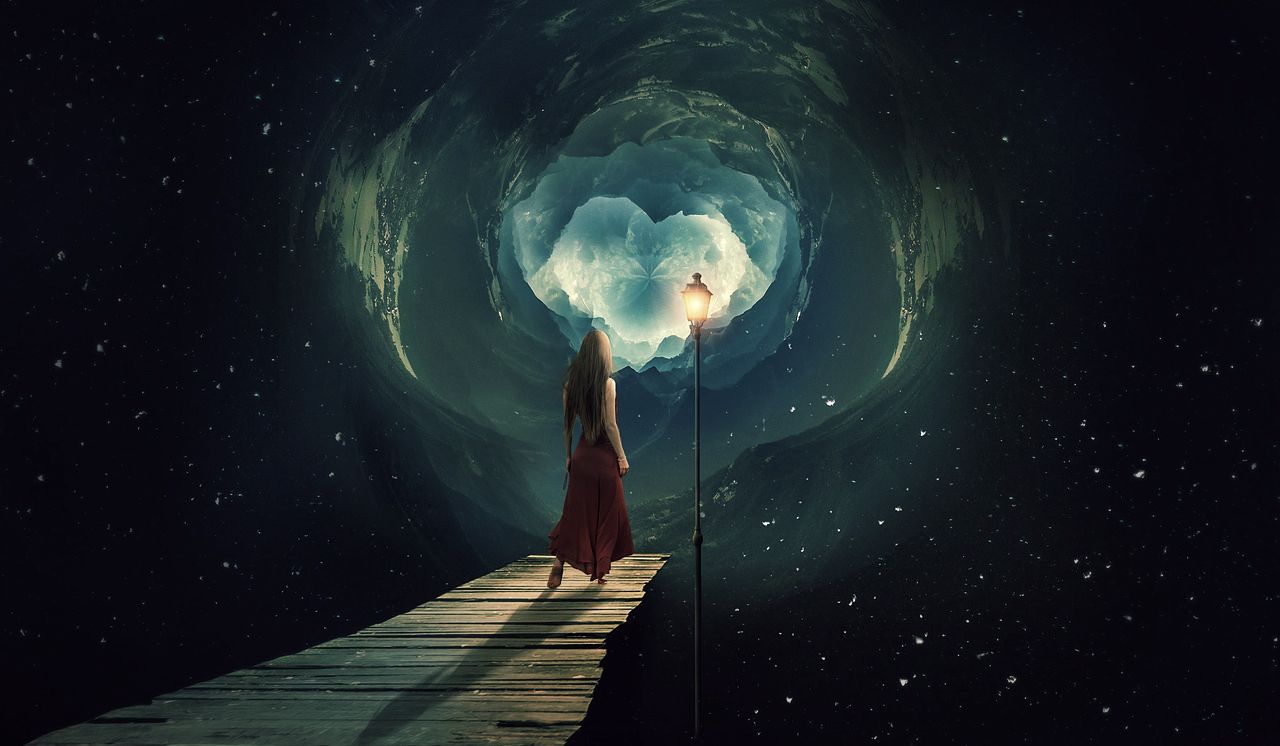
Vedic astrology roots the concept of past-life karma in the philosophy that the actions and experiences of our previous lives significantly influence our current existence. This principle, known as karma, posits that every action, whether good or bad, leaves an indelible mark on our soul, which carries forward into subsequent lifetimes. The astrological charts, particularly through the positions of Rahu and Ketu, serve as celestial maps that reveal this karmic baggage, offering insights into the unresolved issues and lessons that our soul needs to address in this lifetime.
Understanding past-life karma is pivotal for personal growth and spiritual development. Examining the positions and aspects of Rahu and Ketu in one’s natal chart is believed to reveal the patterns and tendencies from past incarnations. These nodal points symbolize the soul’s journey and the destined evolutionary path. Rahu, the North Node, represents the areas where we need to grow and evolve, pushing us towards new experiences and challenges. In contrast, Ketu, the South Node, represents past life experiences as well as the inherent skills and wisdom we bring to this life.
The interplay of Rahu and Ketu in the astrological chart is a testament to the dual nature of karma. While Rahu encourages us to embrace new lessons and move beyond our comfort zones, Ketu reminds us of past influences and the spiritual lessons we have already learned. By understanding this dynamic, individuals can gain a profound awareness of their karmic patterns, enabling them to make more informed choices and navigate life’s challenges with greater wisdom. Thus, the examination of past life karma through astrology becomes a valuable tool for those seeking to understand their life’s purpose and foster spiritual growth.
Rahu: The North Node of the Moon
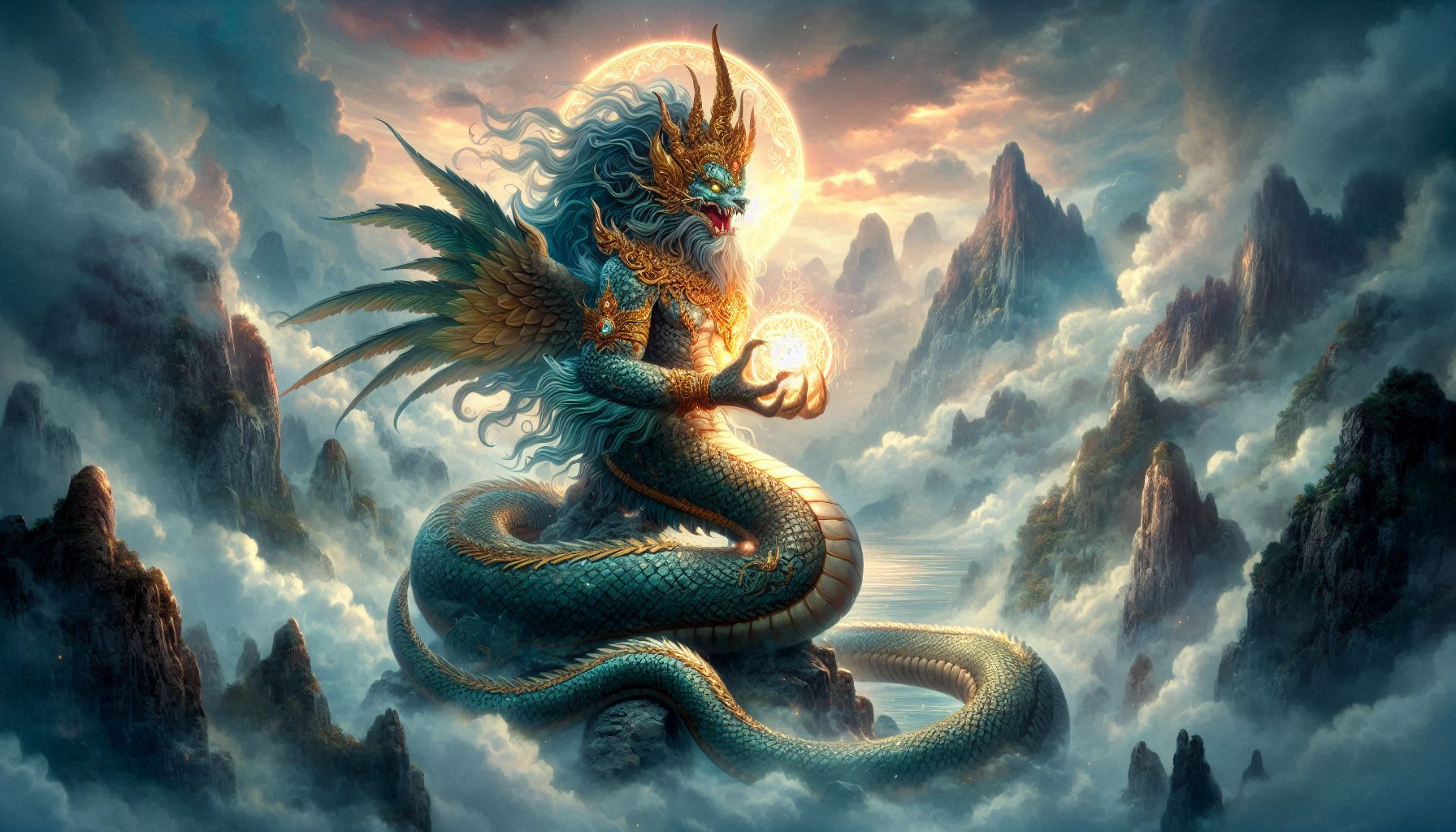
In the realm of past-life astrology, Rahu, known as the North Node of the Moon, holds a significant place. Rahu is often associated with materialism, desire, and worldly ambitions. Its influence is both potent and complex, as it drives individuals to seek growth and new experiences in specific areas of their lives. Rahu’s position in a natal chart indicates where an individual is likely to focus their energy in pursuit of these ambitions, making it a critical component in understanding one’s karmic path.
Rahu’s characteristics are typically marked by an insatiable quest for success and fulfillment. This celestial body propels individuals towards achieving their goals, often through unconventional or uncharted means. However, pursuing these desires can present challenges and illusions. Rahu’s energy is that of relentless ambition, pushing one to transcend boundaries but sometimes leading to confusion and disillusionment.
In astrology, Rahu’s placement in a natal chart can highlight areas where an individual is destined to seek new experiences and growth. However, this journey is not without its hurdles. Rahu’s illusions can manifest as misguided ambitions or deceptive appearances, making discernment crucial. The lessons Rahu imparts are deeply karmic, often stemming from unresolved issues and desires from past lives. These lessons are integral to the individual’s spiritual progression and understanding of their life purpose.
By analysing Rahu’s position, astrologers can provide insights into the specific challenges and opportunities that lie ahead. This understanding allows individuals to navigate their paths more effectively, balancing their material desires with spiritual growth. Thus, Rahu serves as both a guide and a test, steering individuals towards their true potential while challenging them to overcome the illusions that may cloud their judgement.
Ketu: The South Node of the Moon
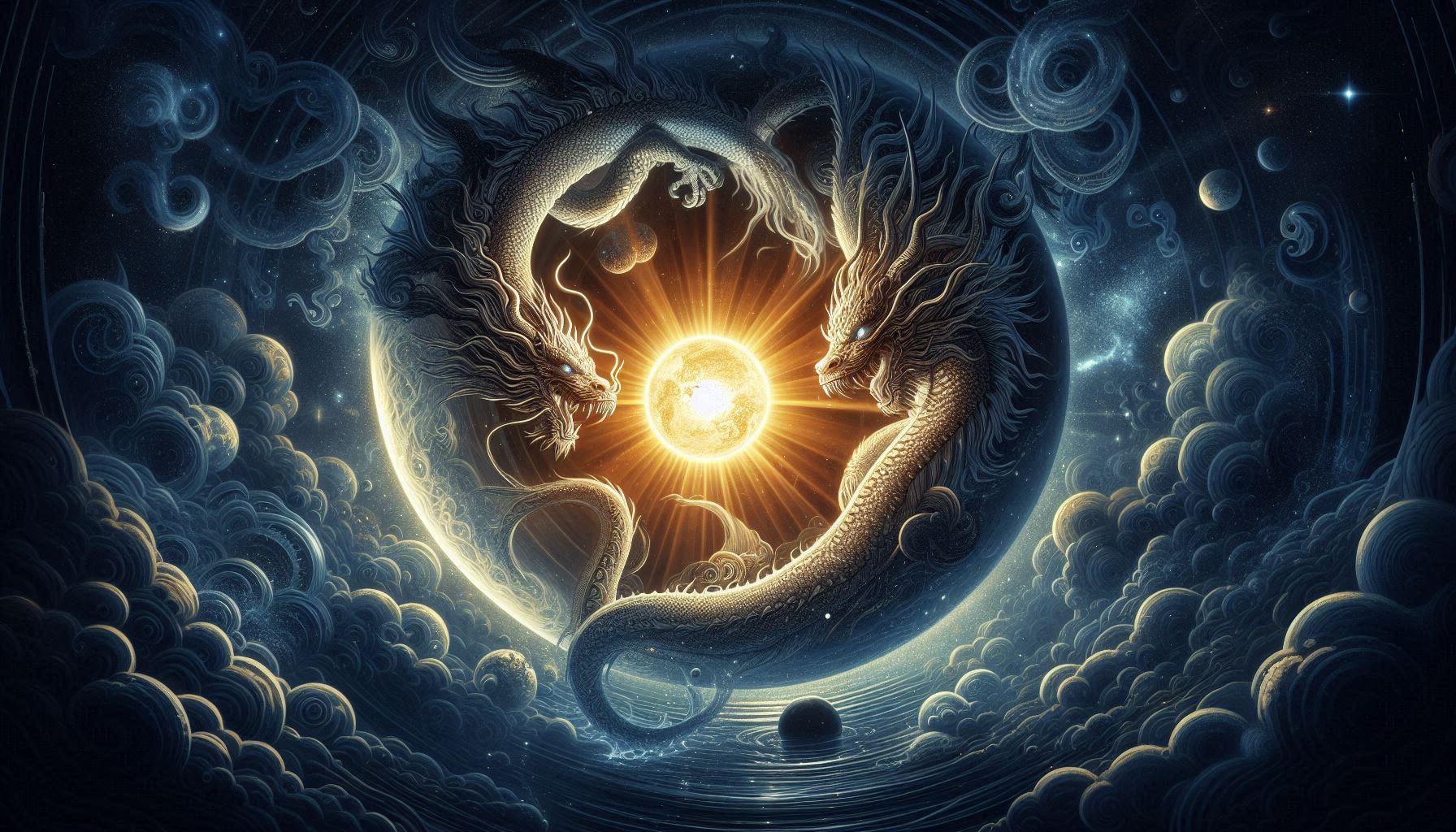
Ketu, known in Vedic astrology as the South Node of the Moon, holds significant importance in past-life astrology. It is often associated with mystical and spiritual aspects, symbolising detachment, liberation, and the transcendence of material desires. Unlike its counterpart Rahu, which is known for its worldly ambitions and desires, Ketu directs an individual towards spiritual enlightenment and inner wisdom.
Ketu’s position in a natal chart is indicative of the areas where an individual has garnered substantial expertise and wisdom from past lives. While these areas often showcase innate talents and skills, they also carry karmic baggage that requires attention. Ketu’s presence in a particular house or sign suggests that the soul has already experienced and mastered the lessons of that domain, leading to a sense of detachment or disinterest in those aspects of life.
Astrologically, the process of letting go is associated with Ketu. It represents the need to release attachments and transcend the material plane, fostering spiritual growth and self-realisation. This detachment is not merely about renunciation but about understanding the ephemeral nature of worldly experiences and focusing on the eternal essence of the soul. Ketu encourages introspection and the pursuit of truth beyond the physical realm.
The karmic lessons associated with Ketu involve recognising that true fulfilment comes from spiritual evolution rather than material acquisition. It teaches the importance of humility, self-sacrifice, and the dissolution of the ego. Individuals influenced by Ketu often encounter situations that compel them to relinquish their hold on past achievements and embrace a path of spiritual awareness and self-discovery.
Ultimately, Ketu’s role in astrology is to guide individuals towards spiritual emancipation. By understanding and integrating its influence, one can achieve a balance between worldly experiences and spiritual aspirations, leading to a more profound and meaningful existence.
Interpreting Rahu and Ketu in a Natal Chart
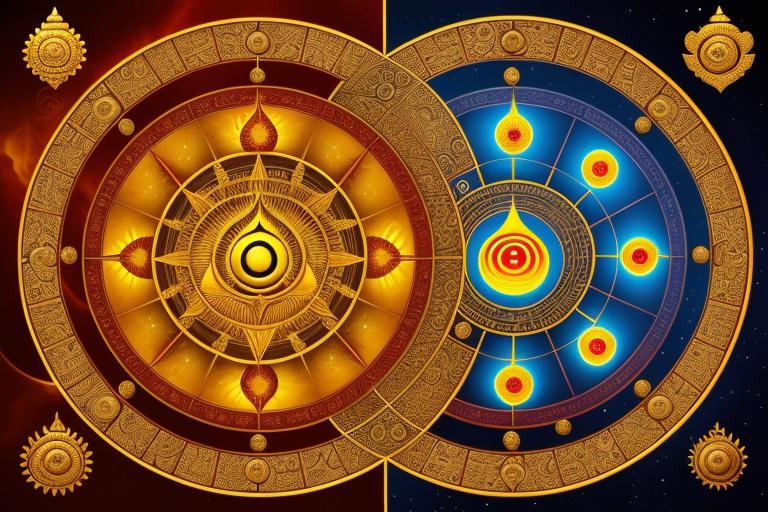
In the realm of past-life astrology, Rahu and Ketu play significant roles in revealing karmic influences. To interpret their placements in a natal chart, one must consider the houses and signs these lunar nodes occupy. Rahu and Ketu’s house position indicates the areas of life where karmic lessons are most pronounced, while the signs they inhabit reveal the nature of these experiences.
Rahu, the North Node, is often associated with desires, ambitions, and the material aspects of life. Its placement in specific houses can highlight the sectors where an individual is likely to experience growth and challenges. For instance, Rahu in the 10th house can signal a strong drive for professional success, often leading to significant career achievements. However, this placement may also bring challenges related to work-life balance and ethical dilemmas in the workplace.
Conversely, Ketu, the South Node, represents past life experiences and inherent talents. People often associate it with detachment and spiritual growth. Ketu’s position in the 4th house suggests a natural inclination towards introspection and a strong connection to one’s heritage or home life. This placement can also indicate past life influences affecting family dynamics and emotional well-being.
Rahu and Ketu’s signs further refine these interpretations. For example, Rahu in Aries might drive an individual towards bold and assertive actions, pushing them to take risks in their professional life. On the other hand, Ketu in Libra could point to a past-life emphasis on partnerships, suggesting a need for balance and harmony in current relationships.
By analyzing the interplay between houses and signs, one can gain deeper insights into how Rahu and Ketu influence various life aspects. Whether it is career, relationships, health, or personal growth, understanding these placements can provide valuable guidance for navigating one’s karmic journey and achieving holistic development.
The impact of Rahu and Ketu’s transits
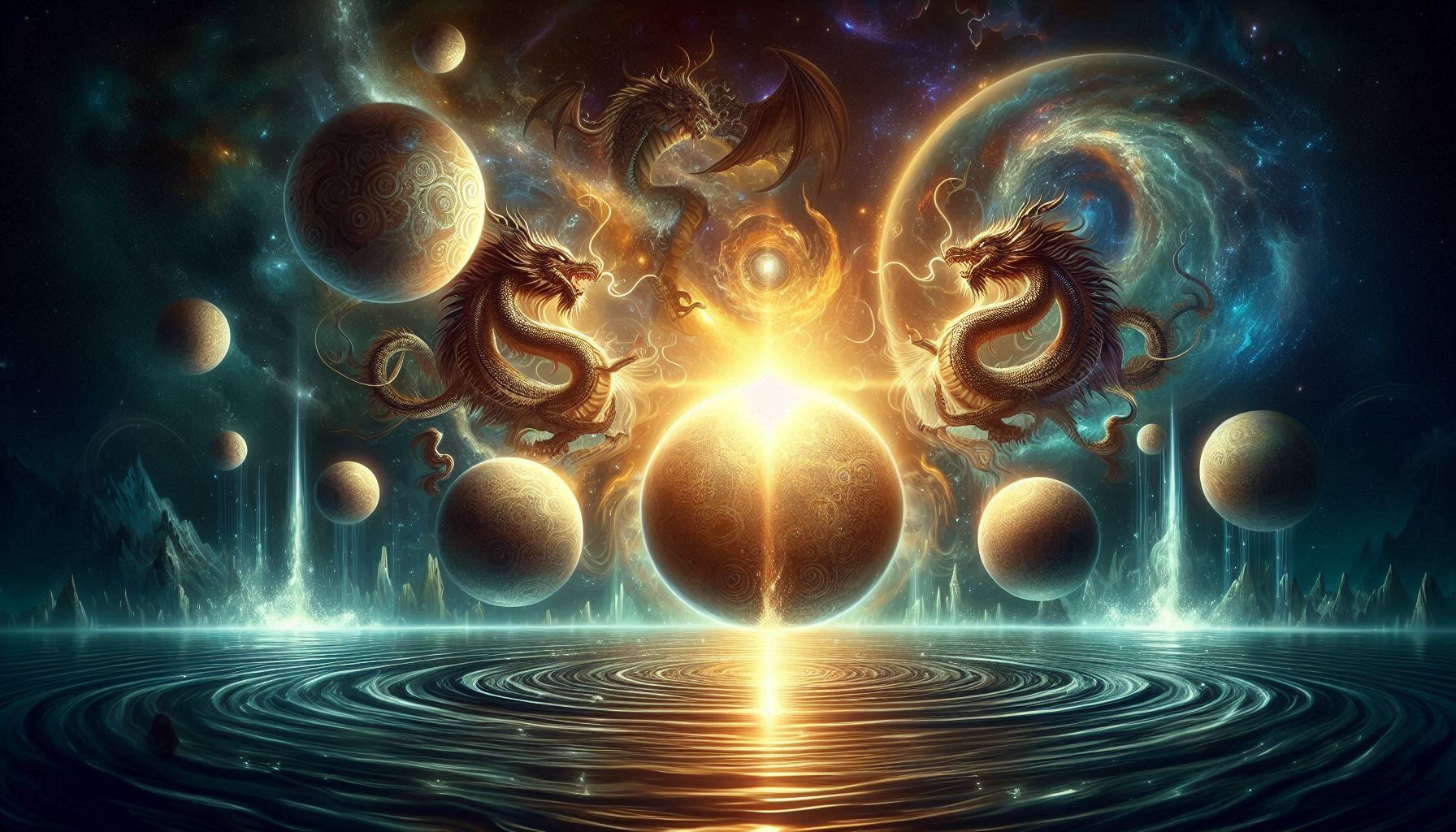
In the realm of astrology, planetary transits are pivotal in understanding the dynamic energies influencing an individual’s life at any given moment. Specifically, the transits of Rahu and Ketu, the lunar nodes, are of profound significance. Unlike other planets that transit relatively quickly, Rahu and Ketu take approximately 18 months to transit through a single zodiac sign. This extended period enables them to profoundly impact life events and initiate transformative phases.
Rahu’s transit often brings a surge of ambition, desire, and material pursuits. It can catalyse moments of intense focus on professional achievements, social status, and the acquisition of wealth. Conversely, Ketu’s transit tends to emphasise spiritual growth, detachment, and introspection. It encourages individuals to look inward, often leading to periods of self-discovery and the shedding of materialistic attachments.
These transits are not only symbolic, but they can also manifest as real-life events and shifts. For instance, during Rahu’s transit through a significant house in one’s natal chart, one might experience career advancements, sudden travel opportunities, or a heightened interest in unconventional pursuits. On the other hand, Ketu’s transit might coincide with a desire to retreat from public life, pursue spiritual practices, or confront past life karmas that require resolution.
Observing Rahu and Ketu’s transits is crucial for understanding the current challenges and opportunities one may face. For astrologers, these transits provide a roadmap for navigating periods of upheaval or growth. By recognising the specific energies at play, individuals can make informed decisions, harnessing the positive aspects while mitigating potential difficulties.
Ultimately, the transits of Rahu and Ketu offer a window into the cyclical nature of life, emphasising the balance between the material and spiritual realms. Understanding their impact aids in aligning one’s actions with the broader karmic lessons intended for personal and spiritual evolution.
Balancing Rahu and Ketu energies
Balancing the energies of Rahu and Ketu is crucial to mitigating their karmic influences and achieving harmony in one’s life. Traditional Vedic practices offer various methods to address the imbalances caused by these celestial bodies. Among the most common remedies are mantras, rituals, gemstones, and fasting.
Chanting specific mantras dedicated to Rahu and Ketu can help pacify their adverse effects. People often recite the Rahu mantra “Om Raam Rahave Namah” and the Ketu mantra “Om Kem Ketave Namah” with devotion to seek their blessings. Regular chanting during specific times, such as Rahu or Ketu’s planetary hours, can amplify their positive impact.
We recommend rituals and poojas, especially on auspicious days like Rahu and Ketu Kalasarpadosha days. These rituals, conducted by knowledgeable priests, aim to appease the deities and reduce their malefic effects. Additionally, wearing gemstones such as hessonite (for Rahu) and cat’s eye (for Ketu) can be beneficial. These stones, when worn according to astrological guidance, can enhance positive attributes while minimising negative influences.
Fasting on specific days associated with Rahu and Ketu, such as Saturdays for Rahu and Tuesdays for Ketu, is another traditional method to balance their energies. Abstaining from certain foods and practicing mindfulness during these fasts can foster spiritual growth and mental clarity.
Modern approaches to balancing the Rahu and Ketu energies include meditation, mindfulness, and therapy. Meditation practices, particularly those focusing on the chakras, can help harmonise the subtle energies within the body. Mindfulness techniques, which encourage present-moment awareness, can mitigate the anxiety and restlessness often associated with Rahu. Similarly, therapeutic interventions can assist individuals in understanding and transforming deep-seated karmic patterns linked to Ketu.
Ultimately, achieving balance requires a conscious effort. Combining traditional Vedic practices with modern approaches can create a holistic strategy for managing the energies of Rahu and Ketu. Through consistent practice and dedication, one can navigate the karmic influences of these celestial bodies, fostering a life of balance and harmony.
Related Article : North Node in Astrology: Your Karmic Evolution, Past Life, and Soul’s Intention
link : https://vedicsiddhanta.in/2023/09/north-node-in-astrology.html
Personal Growth Through Understanding Rahu and Ketu
Understanding the influences of Rahu and Ketu in past-life astrology can serve as a profound catalyst for personal and spiritual growth. These lunar nodes are more than just astrological entities; they also represent the karmic baggage we carry from our past lives. Individuals can gain valuable insights into their life’s purpose and lessons by delving into their symbolism and effects.
Rahu, known as the North Node, often brings challenges and desires that seem insurmountable. However, these obstacles are not just hurdles but opportunities for significant transformation. Confronting the trials posed by Rahu can lead to a deeper understanding of one’s ambitions and the areas in life that require more effort and growth. By recognising and embracing these lessons, individuals can work towards achieving their true potential.
Conversely, Ketu, the South Node, represents past life experiences and the skills we have already mastered. While Ketu can sometimes signify areas of comfort, it also calls for detachment and letting go of outdated patterns. Embracing Ketu’s influence can help individuals release what no longer serves them, paving the way for new experiences and growth. This detachment is often challenging, but it is essential for moving forward and evolving spiritually.
By integrating the lessons of Rahu and Ketu, individuals can strive for a balanced and fulfilling life. Understanding these nodes allows for a more conscious approach to present actions, fostering a sense of purpose and direction. Embracing the challenges and lessons of Rahu and Ketu not only aids in personal development but also enhances one’s spiritual journey.
Ultimately, the goal is to harmonise the insights gained from past life astrology with current life experiences. This integration can lead to a more enriched and meaningful existence where one is continuously learning, evolving, and striving towards self-discovery and fulfilment.
Views: 1053

